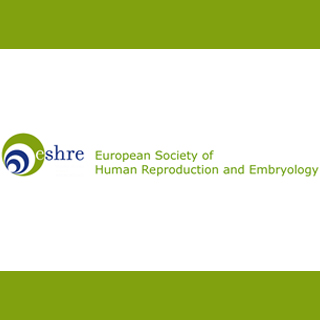
Previously, scientists were possibly unable to gauge testicular development during pregnancy in humans. However, the newly created model may allow investigators to find out the processes leading to the occurrence of testicular germ cell cancer (TGCC) in young adult life. The model also seems to aid in identifying the way factors like common environmental chemicals play a crucial role in this disease.
Professor Richard Sharpe principal investigator at the unit shared, “There is now overwhelming evidence that growth and development in foetal life play a fundamental role in determining the future risk of a wide range of common diseases in later life. Male reproductive disorders fall into this category, in particular testicular germ cell cancer, the commonest cancer of young men in their 20s and 30s. We know it originates because of abnormal foetal germ cell development and this then leads to tumor formation in young adulthood, but how and why things go wrong with development of some of the germ cells in foetal life is unknown – and inaccessible for direct study for obvious reasons.â€
The timing and organization of foetal germ cell development appears to be different in humans and animals. So the forms of TGCC identified in humans may not be found in laboratory animals. Probably it was this reason that rendered experts incapable of employing animal models for examining TGCC origins.
Prof Sharpe explained, “We found that the testicular graft grows and develops normally over a six-week period; in particular, the foetal germ cells develop normally. This means that we have developed a viable system in which we can now test what factors might interfere with this normal germ cell development and push it down the cancer path. For example, we are investigating if exposure to common environmental chemicals, to which human foetuses are exposed in the womb, can cause any such changes in the foetal testis grafts by treating the mouse hosts with these chemicals, an aspect that simply cannot be studied otherwise.â€
Having received ethical approval, researchers took testicular tissue from foetuses. These foetuses were aborted at nine weeks and between 14-18 weeks gestation. Keeping in mind the national guidelines, women gave the necessary consent. The scientists mentioned that not even a single termination was associated to foetal abnormalities.
Prof Sharpe added, “DSDs can result from genetic abnormalities involving the sex chromosomes or genes involved in the development of the testes and several of these disorders, such as Frasier or Denys-Drash syndrome [2], are also associated with a high risk of TGCC. In the future, it should be possible to modify our mouse model so that we can introduce genes that either promote or disrupt normal testicular development and so provide a living model of these conditions. This, in turn, should help us to develop treatments or early interventions for these disorders.â€
A test tube cannot be possibly employed for analyzing testicular tissue because it cannot survive and develop normally. Therefore, the researchers grafted the tissue under the skin of a naturally occurring strain of mice. It is believed that this strain does not reject tissue grafts as their immune systems do not work normally. The mouse model also seems to help understand various disorders of sexual development (DSDs) in humans that develop due to abnormal testis development.
The research was published online in the journal Human Reproduction.
